The Acura Integra Could've Been an Excellent GTI Rival
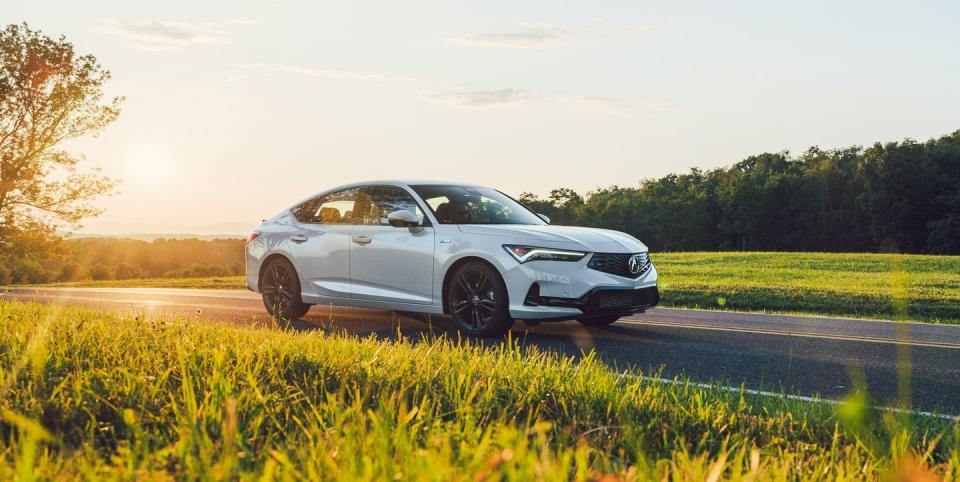
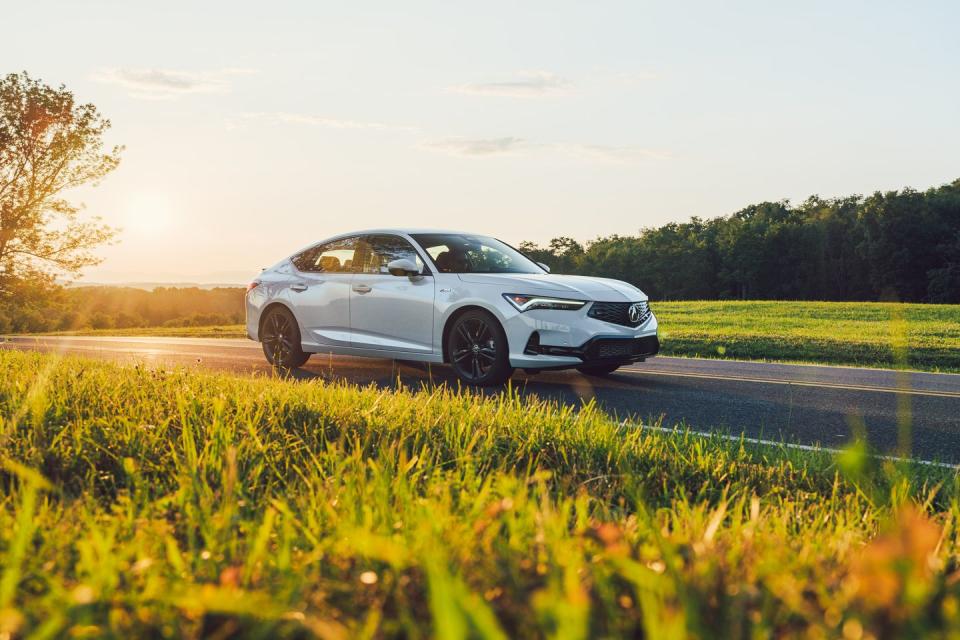
It’s tempting to categorize the 2023 Acura Integra as a hot hatch, but Acura is be positioning the new integra at something different. The brand lists the Mercedes CLA 250, Audi A3, and BMW 228i as rivals—not the Volkswagen GTI or Toyota GR Corolla. It’s important to keep that in mind when examining the new Integra.
This is a car that carries with it huge expectations. Acura is savvy in pointing out that this is not a Type R, and that the original ITR represented only a fraction of overall Integra sales. Yet, it’s impossible not to think of a Phoenix Yellow Type R, or the many tuner cars built on lesser models, when hearing the name “Integra.” The Mercedes CLA inspires no such reverence. An available manual transmission, which you can only get on top-level A-Spec/Technology Package cars, says “performance car” rather than “entry-level compact luxury.”
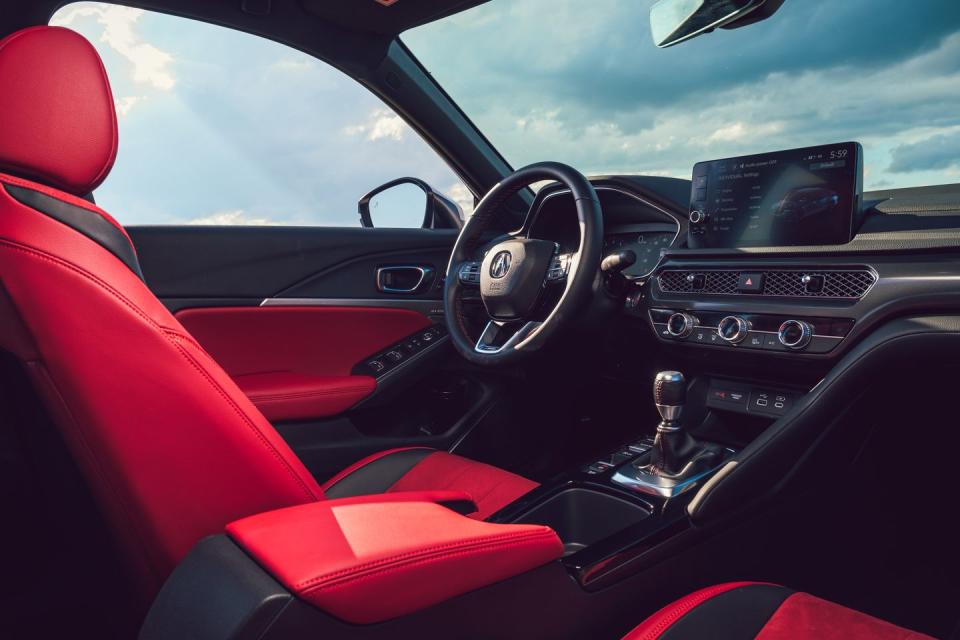
Thankfully, the Integra is a driver’s car due largely to its superb chassis. On the beautiful roads of New York’s Dutchess County, cutting through farmland, the Integra constantly encourages the driver just to up the pace just that little bit. Even though the Integra only comes on all-season tires, turn-in is sharp and it’s easy to modify your line with the throttle. A mechanical limited-slip differential means that traction on corner exit is immense. It reminded me of the old Civic Type R in this regard—you can stand on the throttle so early, and the car just pulls itself straight and out of the corner. It’s addictive.
While most of the mechanical components are shared with the Civic Si, the Integra gets adaptive dampers, something that came standard on the old Si, but not the current model. To be perfectly honest, it’s very difficult to tell the difference between the Comfort and Sport settings and they don’t really add value to the car. That said, the damping is excellent, providing a comfortable ride over broken city streets and excellent control on twisty roads.
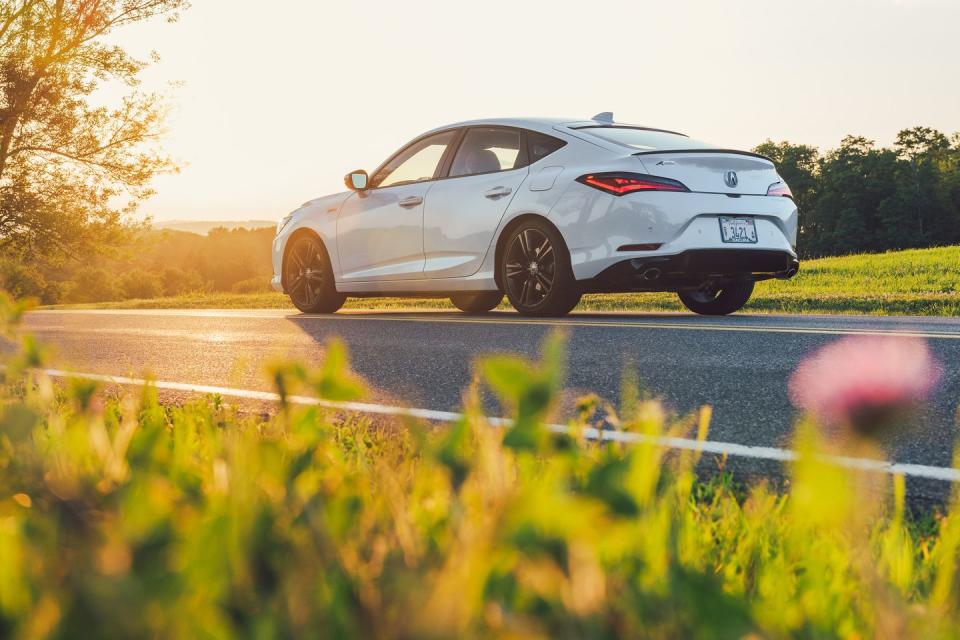
The Integra offers four drive modes, Eco, Comfort, Sport, and a driver-programmable Individual. Eco dulls throttle response far too much, so ignore that, and while Comfort and Sport are fine, I found myself using Individual most often. My ideal setting was everything set to Sport except steering in Comfort, which gets rid of artificial weighting. Annoyingly, you have to go further into the car’s settings menu to toggle the auto-rev matching function. The system works very well, and I found it particularly useful because this isn’t the easiest car to heel-toe in. The brake pedal has a lot of bite at the very top of its travel, so unless you’re braking exceptionally hard, it’s hard to rock your foot over to the throttle.
Just as expected, the shifter is fabulous. Everything you’ve heard about Honda shifters is true of this one—it’s well-weighted, with short throws, and precise engagement into the gears. The Integra also gets a single-mass flywheel, which means that the engine responds very quickly to blips, however, the typical Honda rev-hang—which helps with emissions—is present, and it makes shifting smoothly difficult. Just be patient on upshifts. Downshifts aren’t a problem.
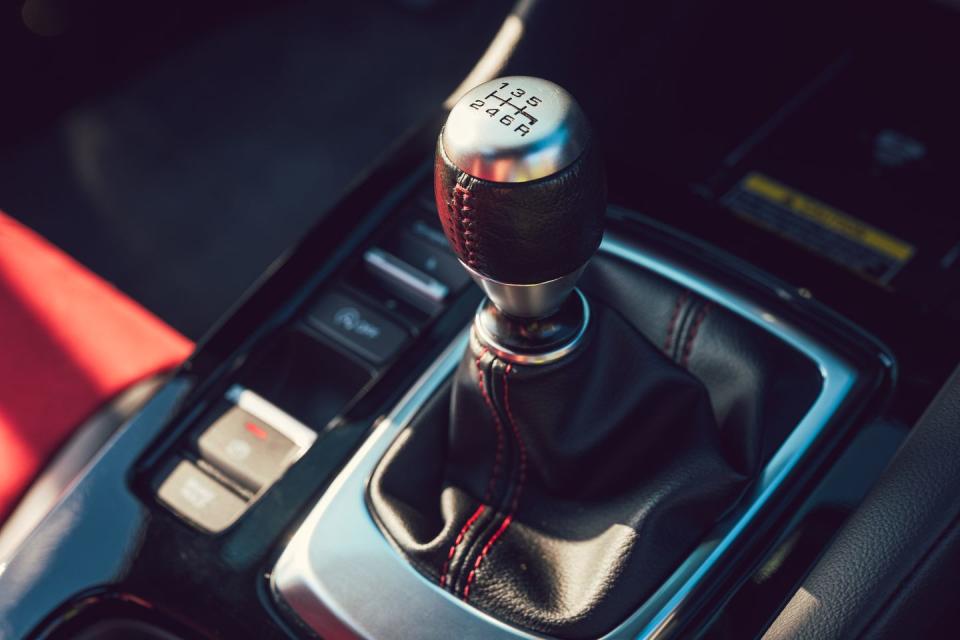
The standard transmission in the Integra is actually a CVT, and while enthusiasts rightfully balk at its presence, it does give the car a much broader appeal. Though one can’t help but wish that the dual-clutch available in the Integra’s predecessor, the ILX, was available as an option. An Acura rep told us previously that the company decided to go with a CVT because it figured enthusiasts would just get the manual anyhow. I think this is a mistake. The Volkswagen GTI’s DSG has long been a strong selling point for the car, offering a best-of-both-worlds solution that has some legitimate enthusiast cred. I’ll reserve final judgment until driving a CVT-equipped Integra, though I can’t imagine that even in its faux-manual mode the transmission would be as crisp as Volkswagen’s dual-clutch.
In the weeks after driving the new Integra, I found myself wishing that Acura had made it more of a GTI rival. Right now, the VW’s hot hatch is at a weak point, thanks to cost-cutting and an especially maddening infotainment system. The appeal of the Mk5, Mk6, and Mk7 GTI was not that it was the hottest hatch around, but that it was the one you most wanted to own. It blended strong performance with refinement you’d expect from a far more expensive car. It was a sort of Audi on a budget in that regard.

The Integra is a nicer car to live with than the current GTI, well-appointed and well-equipped even in base form. With a bit more power and a little more tire, it could thoroughly outclass the GTI.
What if the Integra got the 2.0-liter from the Accord? With 252 hp and 273 lb-ft of torque and a choice of manual or 10-speed automatic, that would put the Integra right in GTI territory. Instead, you get the Civic Si’s 1.5-liter. It’s a nice engine, yet with 200 hp and 192 lb-ft of torque, it keeps the Integra out of the true performance-car realm. Here, I think Acura is in a damned-if-you-do, damned-if-you-don’t situation, given that there is an Integra Type S coming, which will likely use the 2.0-liter in the same (or similar) tune as the new Civic Type R. If Acura offered a 250-hp Integra, it would sit too close to the Type S. So the 1.5-liter choice makes sense.
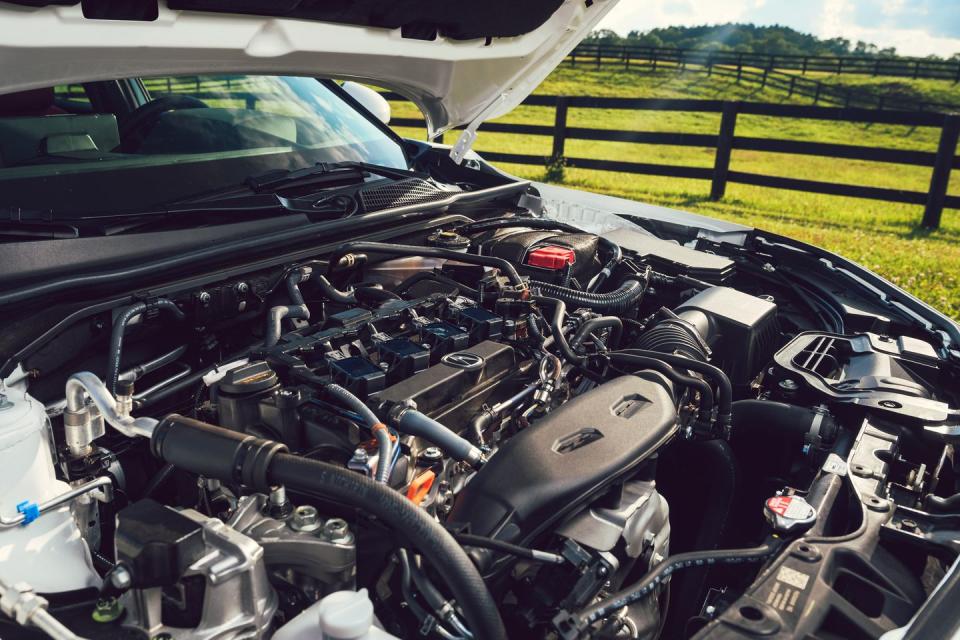
There’s also the matter of the Honda Civic Sport Touring Hatchback, which offers most of the same features as a loaded Integra, and nearly as much performance and refinement for under $31,000. Our Integra tester adds around $6000 to that price and offers a more desirable badge, a limited-slip diff, a better sound system, slightly nicer interior trim, adaptive dampers that don’t do much, and 12 extra horsepower. I’m not sure it’s worth the money.
With the tools it had and the hierarchy it needs to fit within, I don’t think Acura could’ve built a much different car than this. So it makes sense to position it against German entry-level models, and in a lot of ways, it’s a more compelling offering, especially to enthusiasts. Just with the GTI where it is now, it feels like today’s auto market is missing something. The Integra could’ve been that car.

You Might Also Like

 Yahoo Autos
Yahoo Autos 